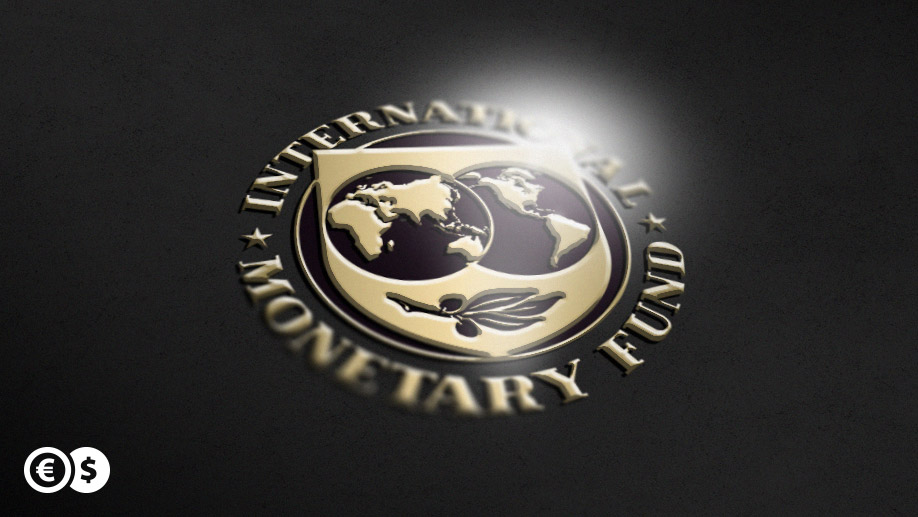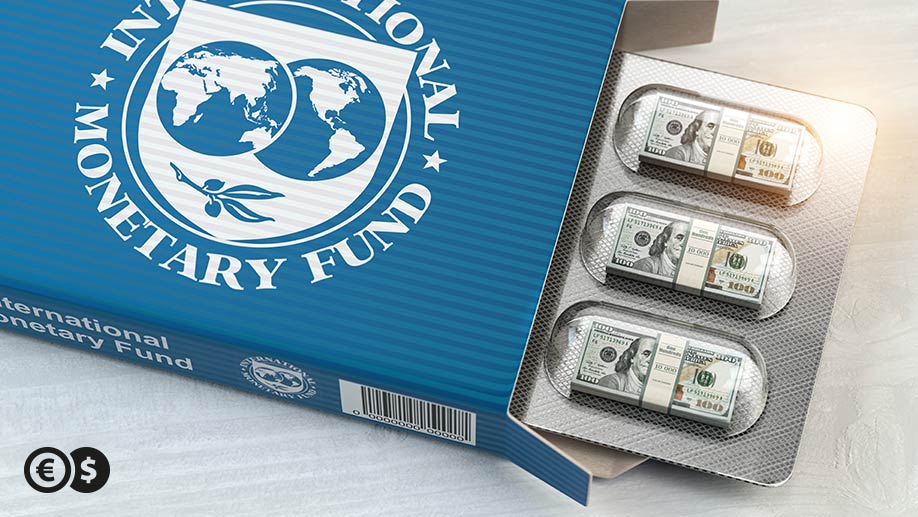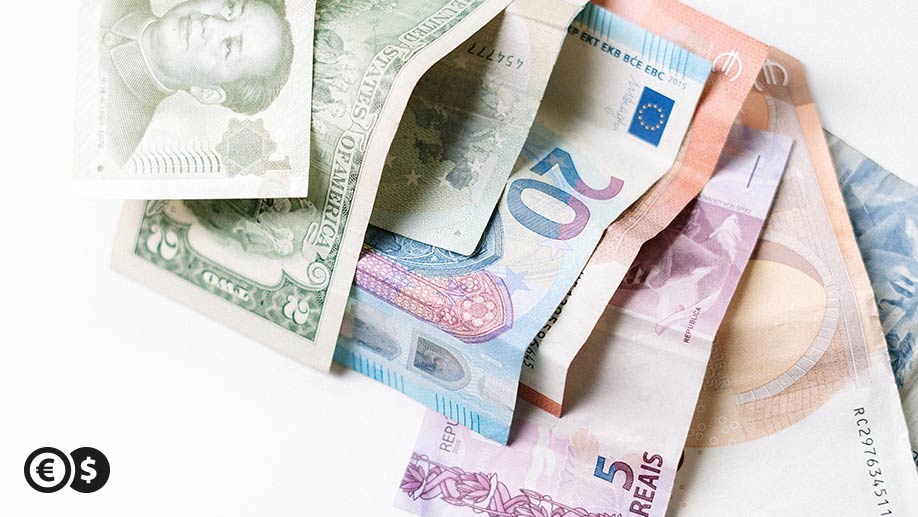The International Monetary Fund is a financial institution uniting as many as 190 countries. The IMF operates for global monetary cooperation and financial stability. Its objectives include supporting sustainable economic development and preventing poverty. What else is explicitly the IMF involved in? Here is everything you need to know about the institution.

Background of the International Monetary Fund
The IMF was established in 1944, under an agreement made at the Bretton Woods Conference. The institution was founded, among other things, to ensure economic and financial stability after World War II, as well as to rebuild post-war Europe.
The IMF became functional a year later when 29 member countries ratified the foundation documents. By the end of 1946, the number of member states had risen to 39, and in March 1947, the institution began its financial activities. Two months later, France became the first country to loan money from it.
Even before establishing the institution, there were two perspectives on how the IMF should operate. One was proposed by the American delegate Harry Dexter White. He claimed that the institution should act as a bank, making sure that countries borrowing money would repay their obligations within a specified period. Much of White's reasoning was ultimately included in the acts adopted at Bretton Woods.
The second idea was presented by the British economist John Maynard Keynes, who proposed that the IMF be a cooperation fund to help member states during temporary crises. Its main tasks were to maintain economic activities and employment in participating countries. Some of these proposals have also been implemented.
The International Monetary Fund gained global influence in subsequent years when more countries joined the institution. They included, among others, African countries gaining independence, and after 1991 also the former states of the Soviet Union.
Poland was a member of the IMF from its formation until 1950, when it withdrew from the institution at its request. The country applied for re-admission in 1981, which resulted in its membership five years later.

Main objectives of the International Monetary Fund
The IMF's main objective is to take care of the development and improvement of the economies of its member countries. For this purpose, they collect and analyse data from individual countries. The Fund monitors the economies of these countries and, when necessary, demands the introduction of certain assumptions.
One of the IMF's most significant responsibilities is also to provide loans to member countries. They aim to settle a country's balance of payments, which for some reason may be temporarily shaken.
The most relevant objectives of the IMF as stated in its founding documents are:
- promoting international monetary cooperation
- supporting international trade
- keeping exchange rates stable
- pursuing high levels of employment in member countries
- supporting sustainable economic growth
- providing support to countries in financial difficulties
The IMF has funds primarily from two sources - member country quotas and loans. Each country that aspires to be a member of the International Monetary Fund must contribute its sum. In return, it receives a certain number of votes. The amount of the quota depends on the economic weight of the country in the international arena. Countries with a higher economic significance are given a higher quota and a higher number of votes. Amounts may also be increased periodically to boost the IMF's SDR resources, the international contractual unit of account.
Functions of the International Monetary Fund
The IMF operates on the basis of four main functions. One of these is the regulatory role. It enables the Fund to establish norms and patterns of action within international financial relations.
The second significant role is, of course, the lending function mentioned earlier. It involves providing financial assistance to member states which find themselves in a difficult economic situation.
The IMF also has a consultative capacity. It advises member states on economic and business issues. It proposes solutions that may help combat periodic economic difficulties. The Fund is also a place for exchanging opinions and experiences of representatives of individual countries in the economy.
The IMF also has a monitoring function, where it verifies that member states are implementing previously approved economic programmes. In addition, the IMF verifies the purpose for which funds provided under the loan are used.

The structure of the IMF
Each member country of the International Monetary Fund may delegate its governor and deputy governor, who together with other countries form the Board of Governors. Country representatives usually become finance ministers or central bank governors, although this does not apply as a rule.
The Board of Governors usually convenes once a year. It is responsible for, among other things, approving higher quotas, allocating the international SDR unit of account or accepting the candidature of new members.
The Board of Governors also elects the 24 members of the Executive Board. Some of the countries with the largest economies have permanently assigned members. Since 2011, the United States, Japan, China, Germany, France, the United Kingdom, and Saudi Arabia have had this right. The rest are selected from countries grouped into geographical districts, representing from 2 to as many as 23 countries.
The Executive Board approves, for instance, the periodic revisions performed by the member countries. They also decide on granting financial aid to a given country.
The Executive Board, and at the same time the IMF, is headed by the Managing Director. Historically, this has always been a European, while the World Bank head has always been reserved for an American. However, this is not a rule that necessarily holds, and at some point in the future, there may be non-Europeans and non-Americans occupying those posts. As of 2019, the managing director of the IMF is Kristalina Georgieva from Bulgaria, who replaced Christine Lagarde.



